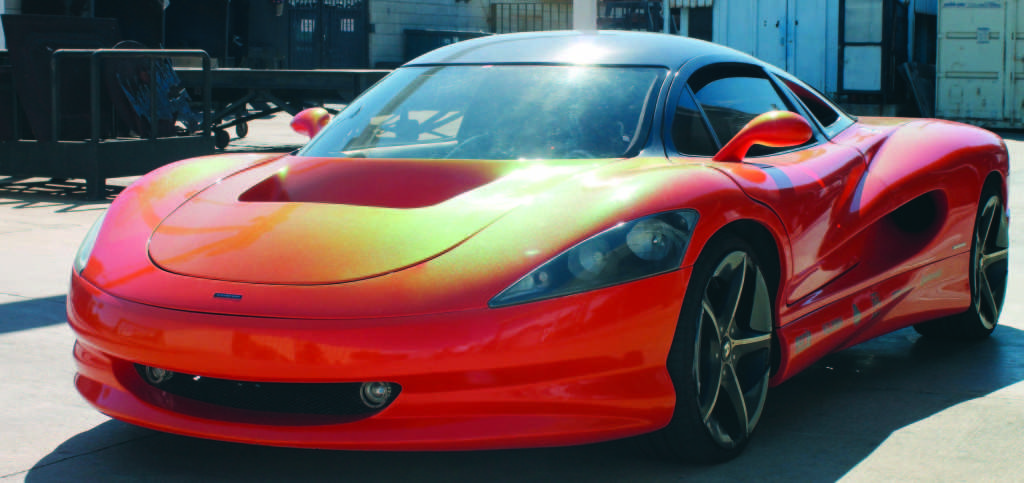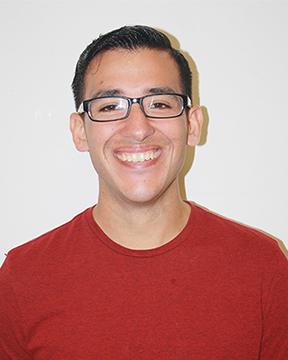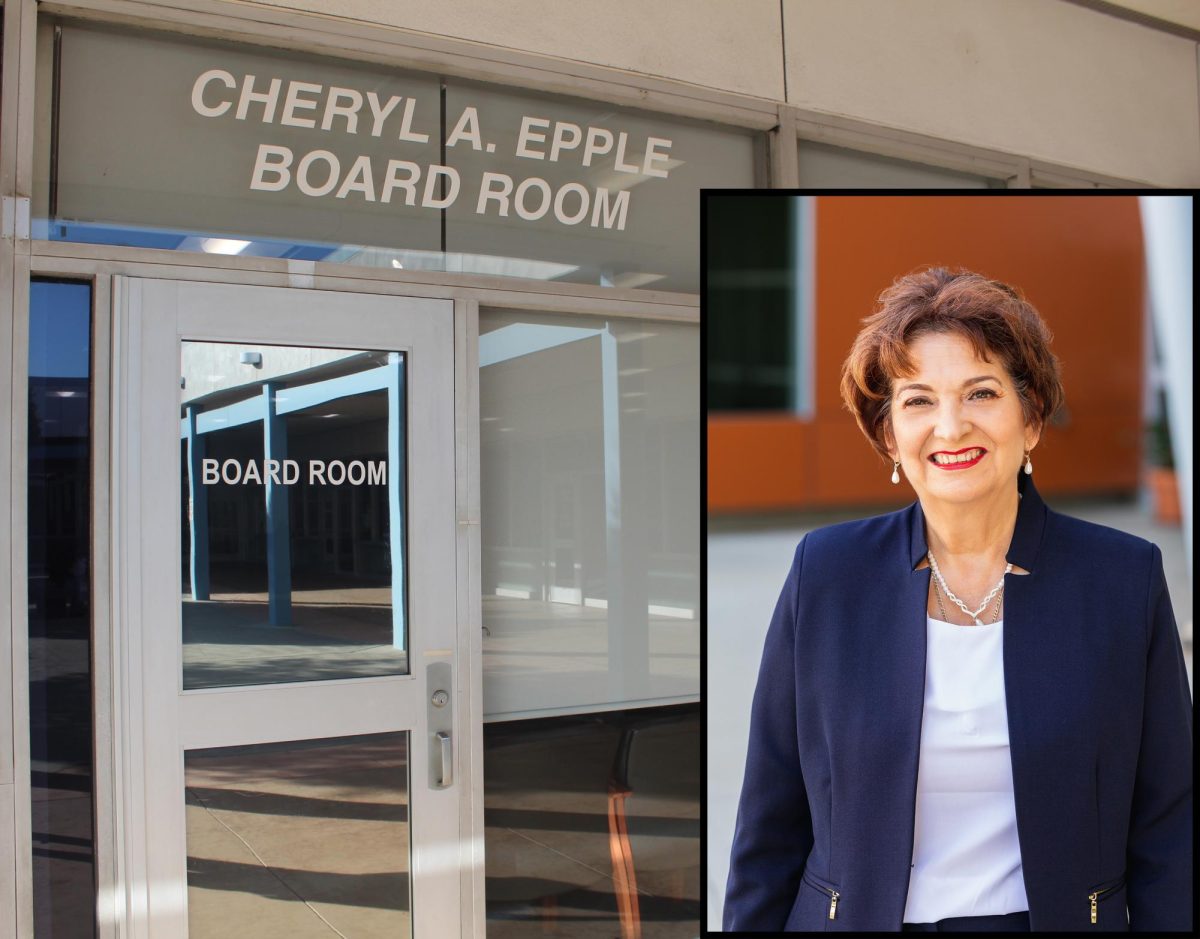After the long hours of studying and classes, many students can lose sight of what they are striving for.
Students from the Composite Fabrication class got the chance to see what skills they are learning when one of the students, John Misumi, brought in a prototype of a car built from composites.
“I brought the car here to show the class how composites are used in the real world,” Misumi said.
The car, known as the Vision SZR, is a prototype that belongs to Vision Industries, the company Misumi works for.
Misumi works on the sales side of Vision Industries, but is taking the class to learn more about the hands-on part of the business.
“My background was initially in business and that’s where I got my start in the company. But honestly, my passion is more in fabrication (and) working with my hands and seeing things come to fruition.”
The body and chassis of the car are made out of the same composites that the class is learning how to use.
Terry Price, department chair of the Plastics Technology Department, said that the college has been teaching Composite Fabrication since the mid-1980s.
Composites are substances made from mixing two different materials and are usually lighter and stronger than other metals.
They have been used to build car parts, boats, F/A-18s and have been used by NASA to make parts used in aerospace technology.
Currently, the class is learning how to work with the materials by building clipboards, but has the option to build bigger items such as surfboards.
When the students complete the class, they will receive a certificate saying that they have passed the class and that they are qualified to work with different materials.
The program not only helps train the students, but helps them transition into the workforce by arranging interviews for the students.
One of the companies that students interviewed was Northrop Grumman, who has worked with the program before.
The students were taken behind the scenes of the company to see how composites were being used and were later interviewed for positions with the company.
“Everything we saw there just applied to what we learned in class”, composite technologies major William Triay said.
Price said that people who know how to work with composites are in high demand now and that the program is designed to give students the basic skills they need to succeed in the field.
“The industry is looking for problem solvers and team players right now,” Price said, “so (students) know the technology and understand the terminology, understand how to handle these materials properly without contaminating them.”










